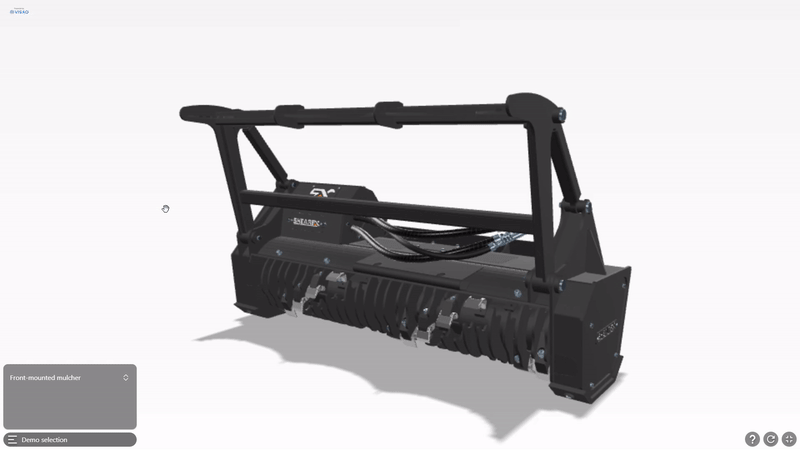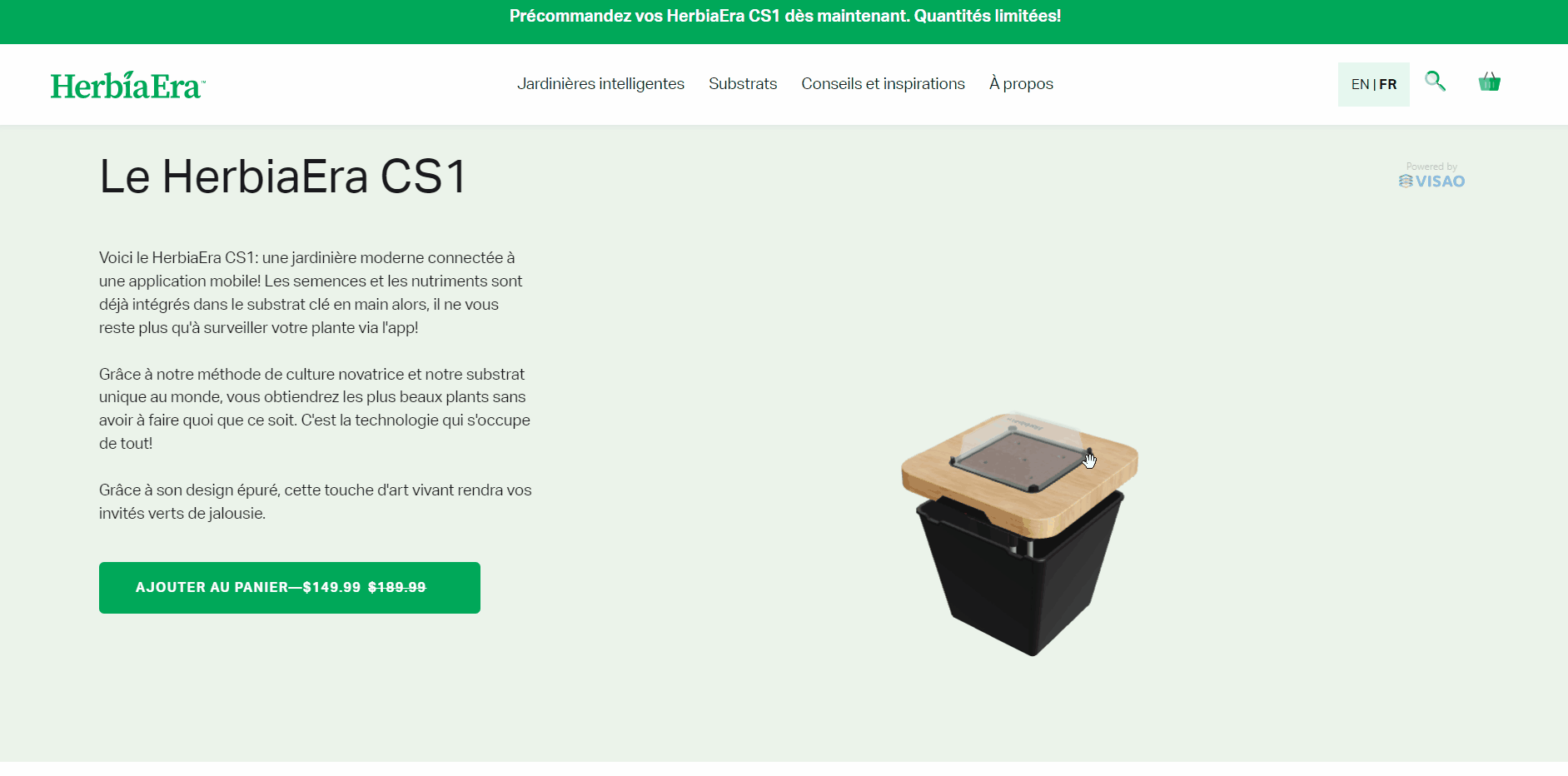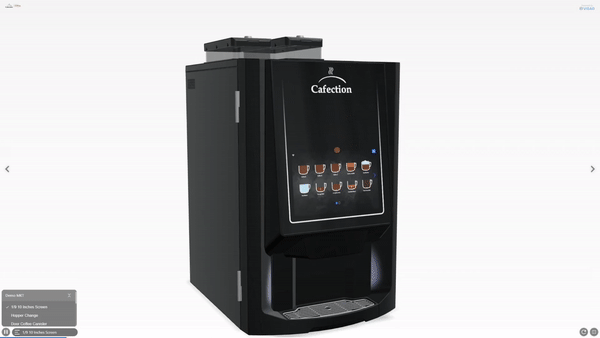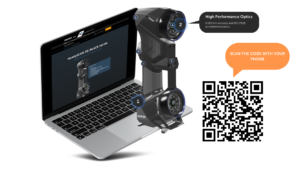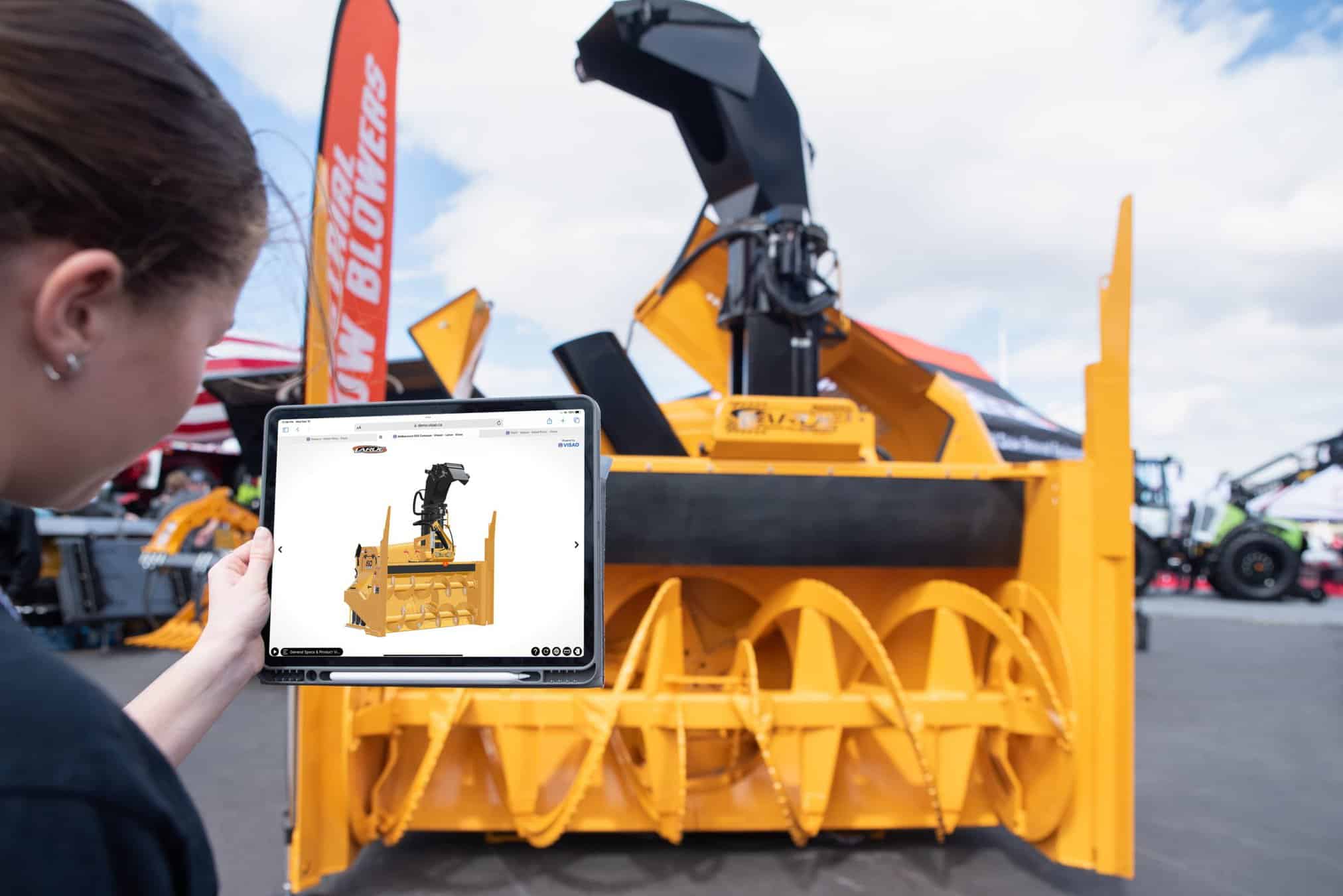3D product visualization software is the magic wand that brings your products to life in a dynamic, interactive, and web-based 3D format. It’s the tool that transforms static product imagery into an engaging experience that captivates your audience.
Picture this: 46% of the younger generation, those aged 18 to 35, are demanding a personalized shopping experience. What’s more, a staggering 95% of respondents prefer an interactive 3D view over traditional video playback. In a landscape where customer expectations are evolving rapidly, marketing plays a pivotal role.
It’s not just about showcasing products; it’s about creating experiences. And 3D product software is the key to unlocking that potential.
Understanding 3D Product Visualization Software
Well, in a nutshell, it’s a powerful visual effects tool that enables you to take your manufacturing product drawings and bring them to life in a web-based, interactive format. It takes the geometric models of your parametric CAD files and transforms them into something captivating. Try it out here.
Imagine having a virtual representation of your industrial machines that you can manipulate, showcase, and share online. P.S for interior designers and architectural modeling, it also works very well for interior and exterior designs, but we won’t go into that here.
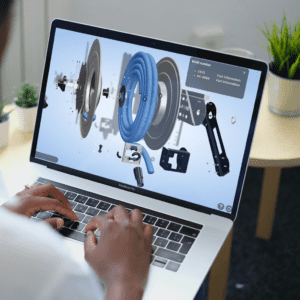
With 3D visual software, you can adjust colors, add dynamic product animations, and ultimately find a software solution that allows you to display these creations on the web for your audience to explore. You won’t find that with a rendering software.
What can 3D eCommerce do for your online sales?
Key Features and Capabilities
Now that we know what it is, let’s look at some of the remarkable features and capabilities that come with these design tools.
1. Interactivity
With this software, you’re not just looking at static images or models. You can actively engage with the 3D models, adjusting camera angles to your preference. Using your mouse or even your finger on mobile devices, you can move, rotate, and zoom in on the product, gaining a comprehensive understanding of its design and functionality. It’s like holding your product in your hands, even when you’re miles away.
2. Create your own custom materials and product animations
It’s not just about viewing a static product; you can bring it to life with animations. These softwares allows you to create animations that showcase advanced features of your product processes in action.
Whether it’s demonstrating how your industrial machine operates or highlighting its unique features, these animations add an extra layer of depth to your marketing materials.
How to embed a 3D model viewer in Wordpress
3. Web-Based and Cloud-Ready ( not like a CAD software)
With 3D product visualization software being web-based, it means it’s accessible from anywhere with an internet connection.
Plus, it’s often cloud-based, which means you can store and access your 3D models and animations in the cloud, making collaboration and sharing, including real-time rendering, a breeze. Take a look here:
The Significance of 3D Product Visualization in Manufacturing
When it comes to the world of manufacturing, 3D tools are a game-changer. It brings several key advantages to the table that can significantly impact your marketing efforts. Let’s dive into why it’s so important.
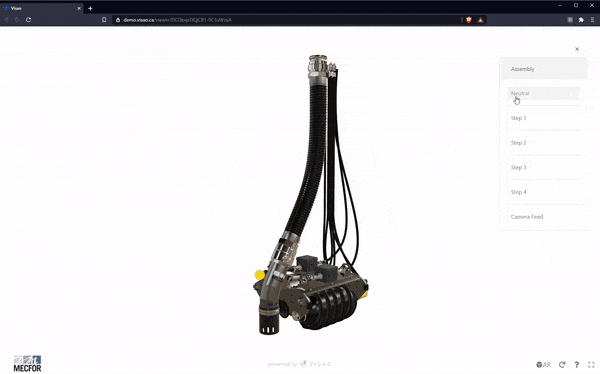
Visual Appeal and Product Understanding
In the world of manufacturing marketing, first impressions matter. A visually appealing product presentation can make all the difference. This type of software allows you to showcase your products in a stunning and realistic manner.
It brings out the finer details and highlights the unique features of your industrial machines without needing any experience with CAD programs, making it easier for potential customers to understand what you offer.
Improved Marketing Material
Did you know that integrating 3D/ Augmented Reality (AR) on your website can potentially reduce returns by up to 40%? That’s a significant reduction in costs and hassle. With 3D visualization and AR, customers can interact with your products virtually, getting a real sense of how they work and fit into their needs.
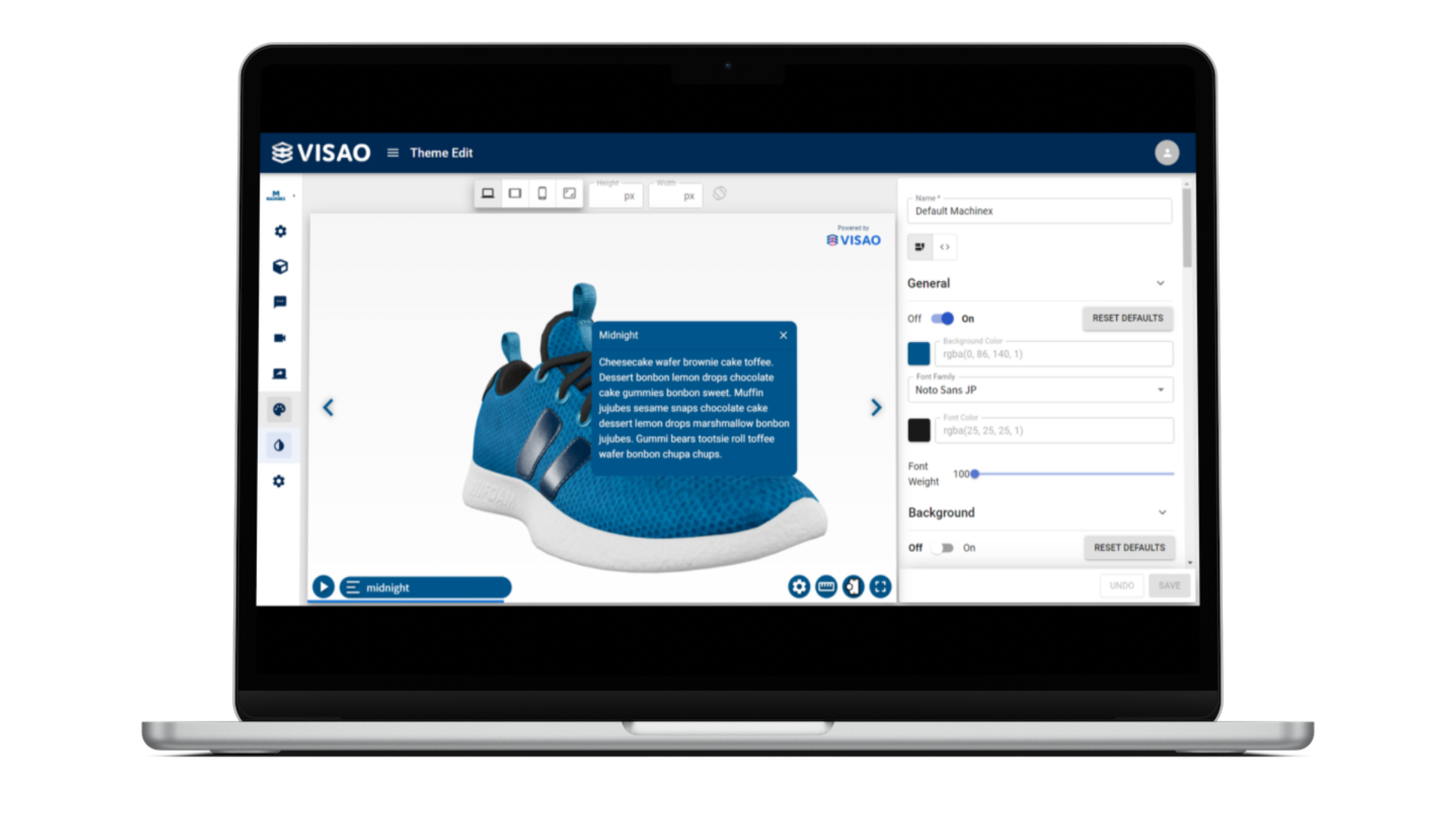
This level of engagement helps customers make more informed decisions, leading to fewer returns and increased customer satisfaction.
Enhanced Customer Engagement
Your website is often the first point of contact for potential customers, and it’s crucial that it looks and works well, especially on mobile devices. Research shows that a whopping 57% of US customers won’t recommend a business with a poorly designed mobile website.
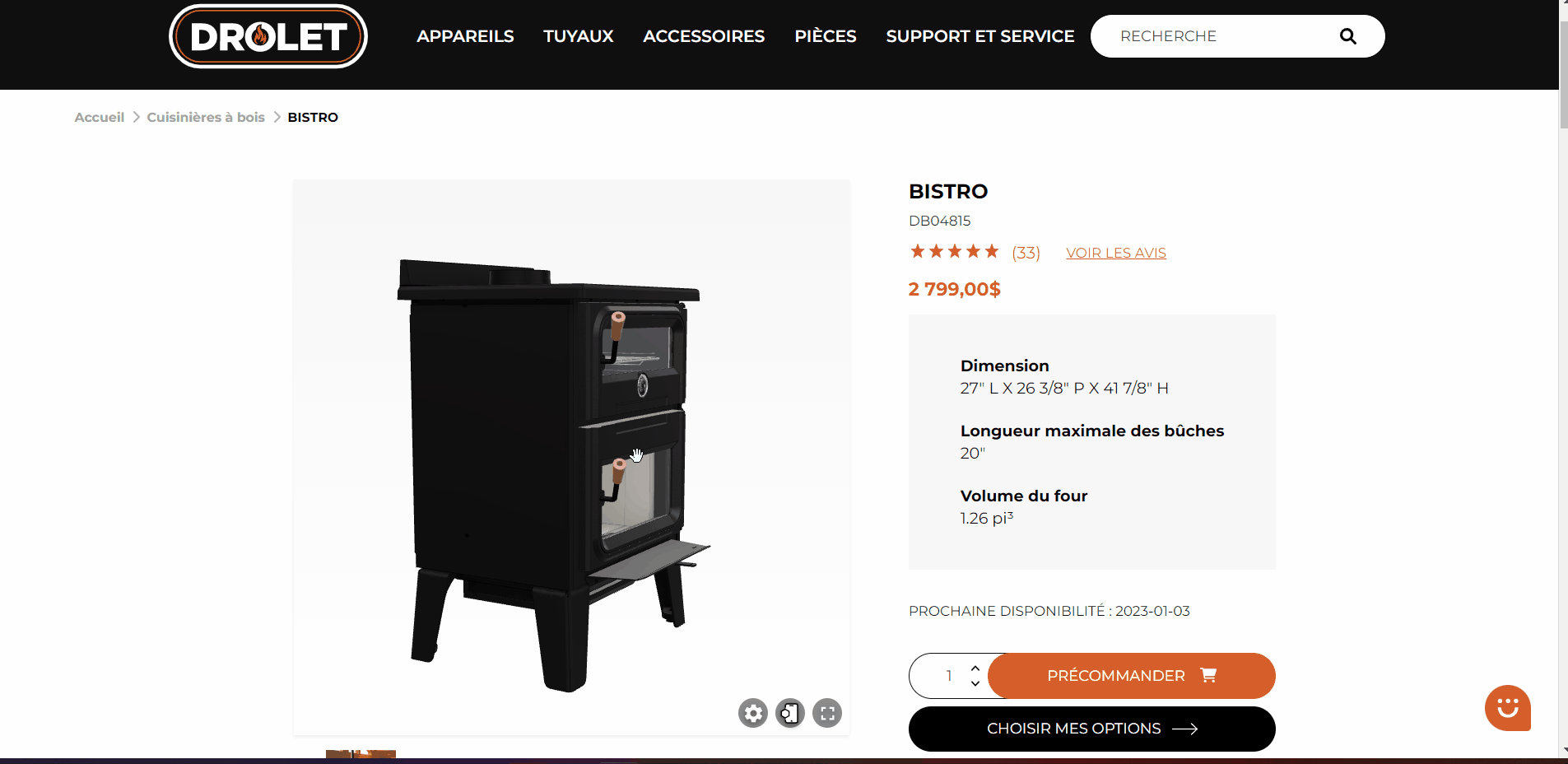
By incorporating 3D visualization and ensuring that it’s mobile-friendly, you not only capture your audience’s attention but also provide an engaging experience that encourages them to explore further.
Competitive Advantage
Believe it or not, but the adoption of 3D and AR technology on the web is still relatively low. Less than 1% of companies have fully embraced this new tech. This presents a golden opportunity for forward-thinking manufacturers.
By incorporating 3D and AR into your marketing strategy, you can stand out from the competition and show potential clients that you’re on the cutting edge of technology. This advantage can be a significant factor in winning new business and expanding your market share.
Use Cases for Manufacturing Marketing
Now that we understand the power of 3D software, let’s explore how it can be applied effectively in the realm of manufacturing marketing.
A. Product Showcase and Catalogs
With 3D product visualization software, you can seamlessly integrate interactive 3D models directly into your product pages on your website. For those with e-commerce stores, these dynamic 3D models can also be integrated into your media carousels on product pages. This means your potential customers can not only see your products but also interact with them, gaining a deeper understanding of what you offer.
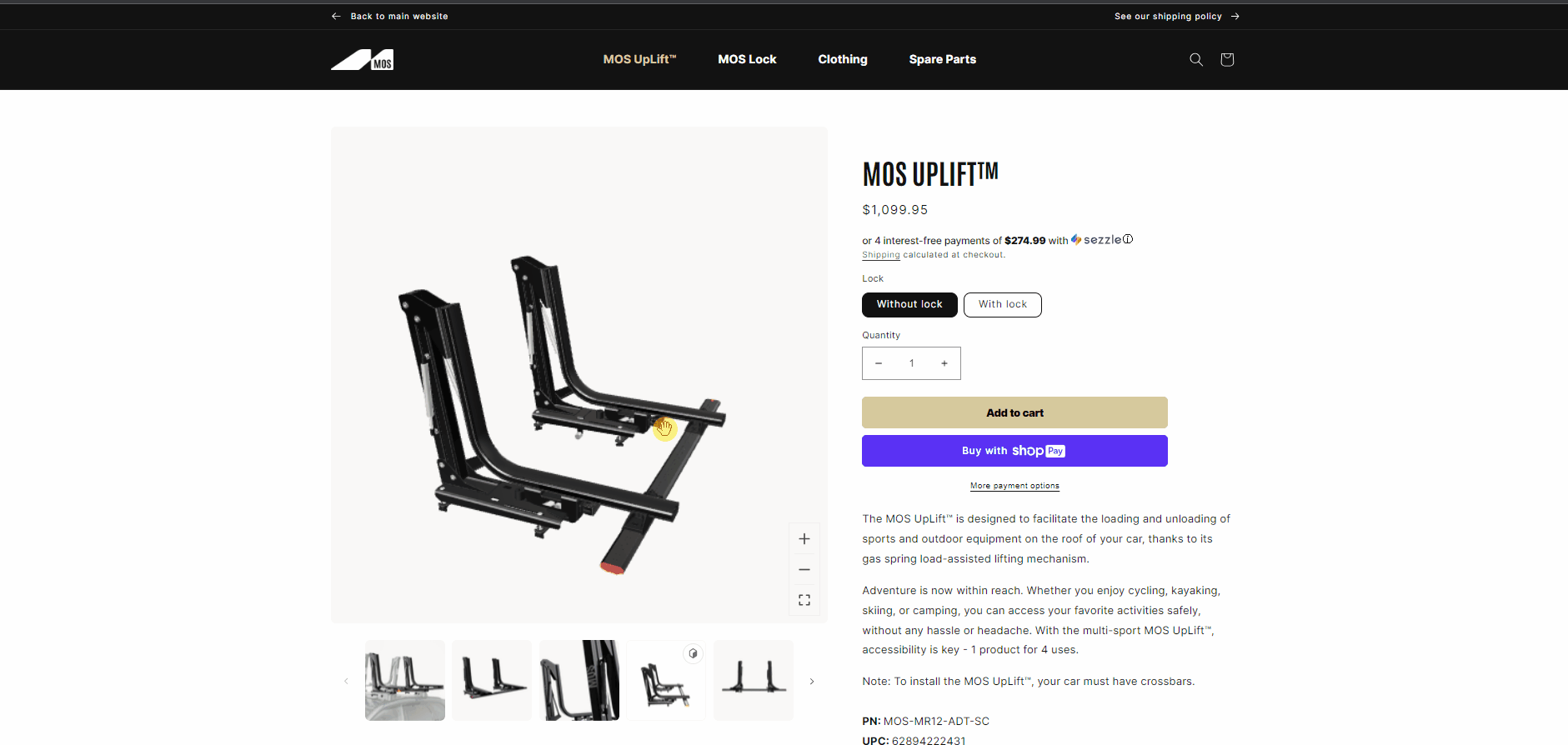
B. Interactive Product Configurators
Sometimes, customers want more than just a glimpse of your product – they want to tailor it to their specific needs. 3D software allows you to create 3D configurators. These are powerful design tools that empower your customers to customize products in real-time. Whether it’s selecting colors, materials, or specific features, these interactive configurators provide a personalized experience, helping potential buyers visualize precisely what they’re looking for.
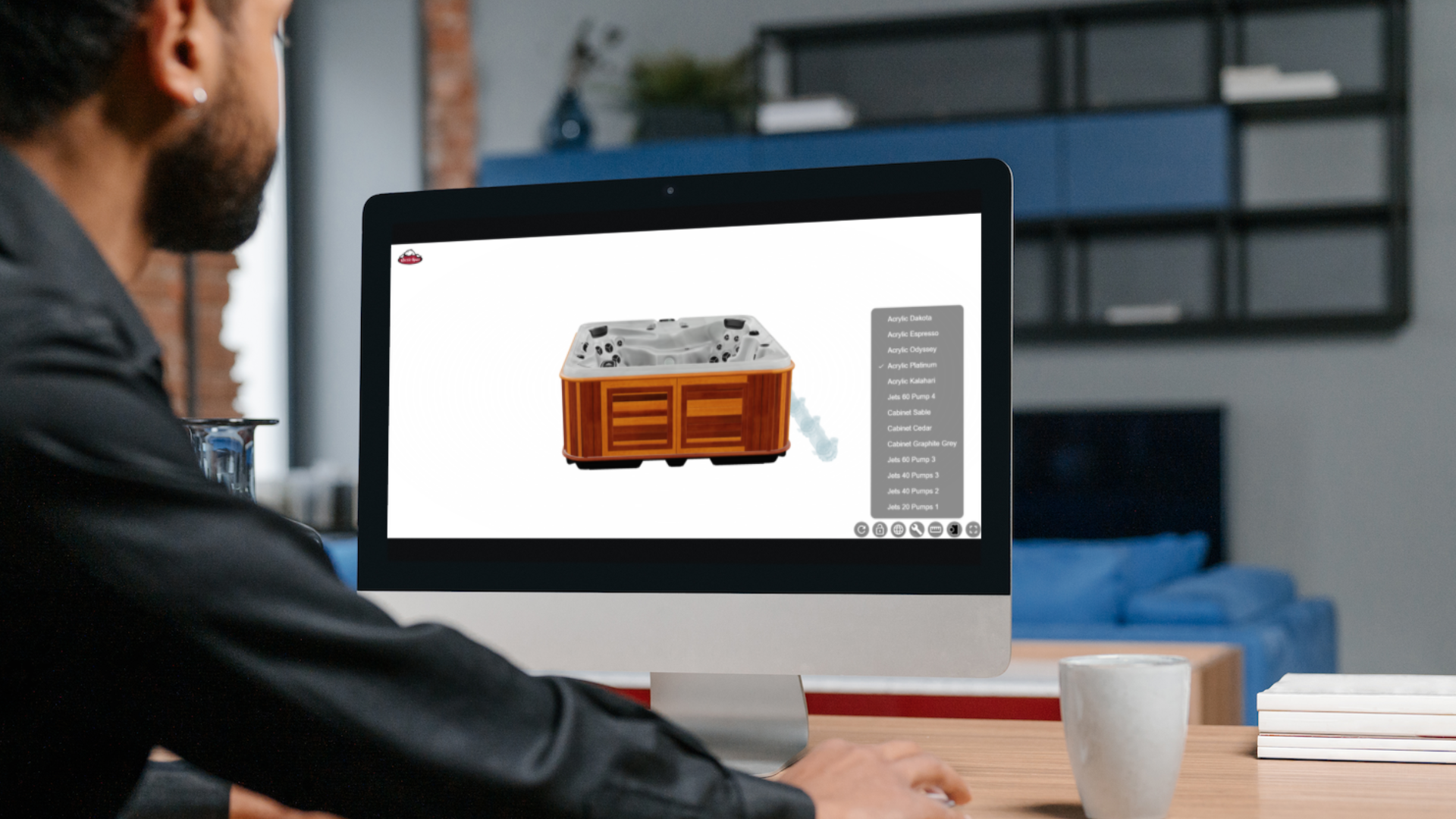
Learn more about 3D configurators
C. Augmented Reality (AR) Applications
Take your customer experience to the next level by integrating AR applications into your 3D web-based models. This innovation enables users to see your products in their own space, at a 1:1 size ratio, using their mobile devices.
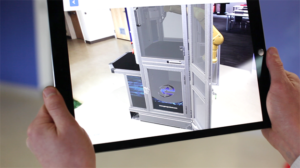
Whether they’re visualizing how a massive industrial machine fits into their factory or how a piece of equipment fits in their workspace, AR brings your products to life, making purchasing decisions more informed and engaging.
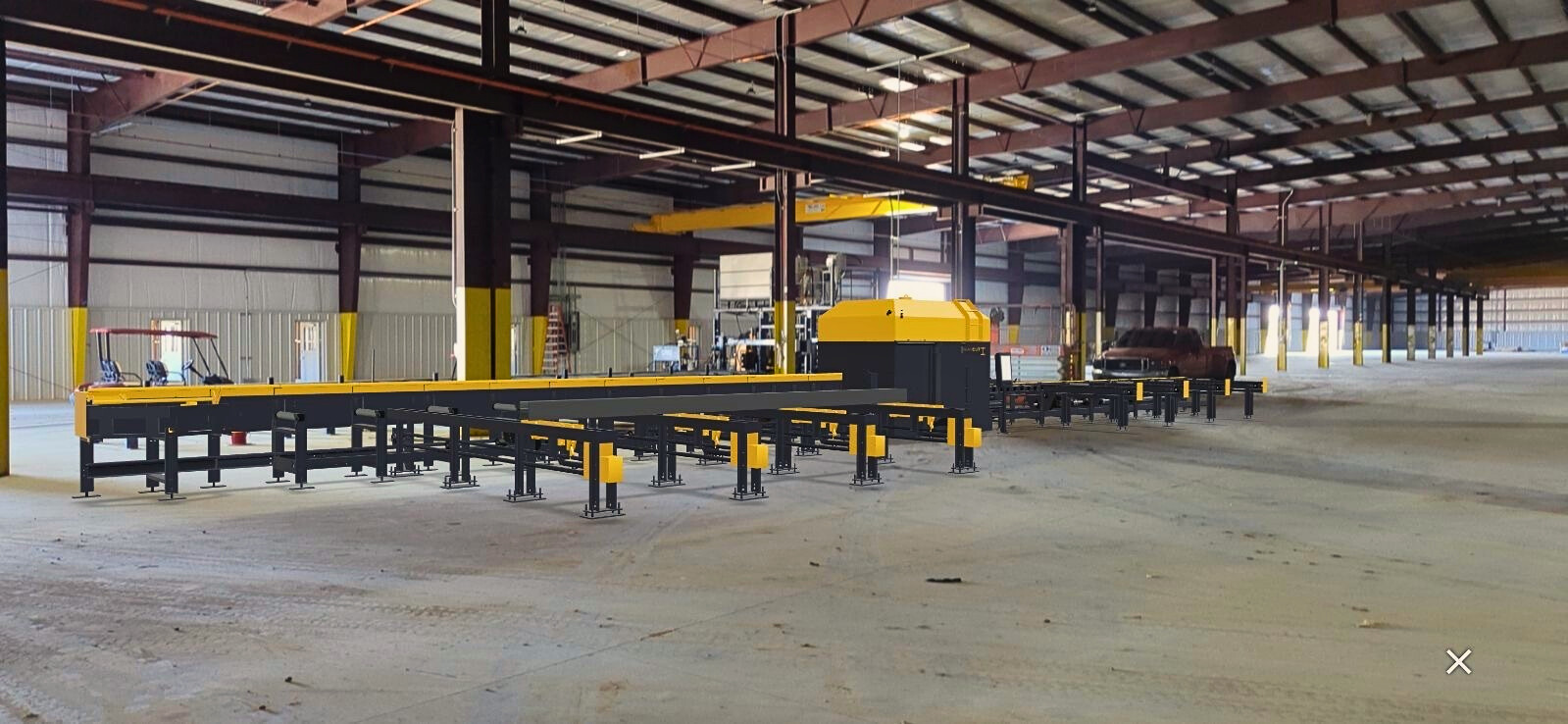
D. Sales and Marketing Presentations
For in-person meetings or virtual presentations, you can showcase your products in stunning detail. No need to transport heavy machinery or bulky products – you can now share interactive 3D representations online. This not only saves costs but also makes it easier to demonstrate product features, increasing the likelihood of closing deals and leaving a lasting impression.
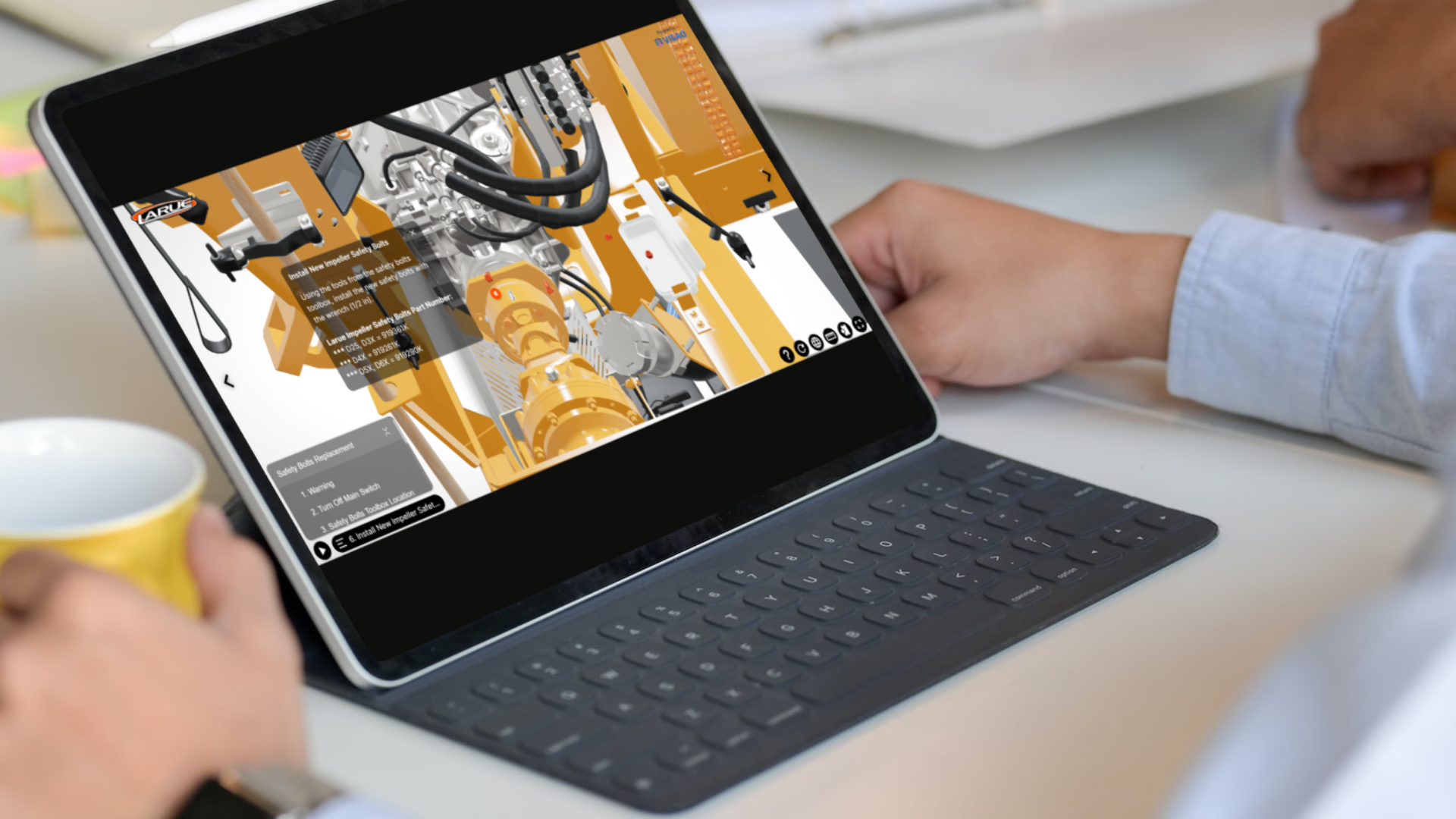
Case Studies: Successful Implementations
Creaform
Creaform, a leader in 3D scanning technology, revamped its online presence by introducing 3D digital twins of their 3D scanners on their product pages. This innovative move not only expedited product understanding but also added a strong touch of innovation to their brand, allowing users to interact with the product directly.
Scan the QR code to see the product in your own space.
SBI
SBI, a Canadian fireplace manufacturer, enhanced the online shopping experience by incorporating 3D product models and augmented reality (AR) on their website’s product pages. This change empowered customers to explore and understand fireplace features in detail, reducing customer queries and significantly streamlining operations.
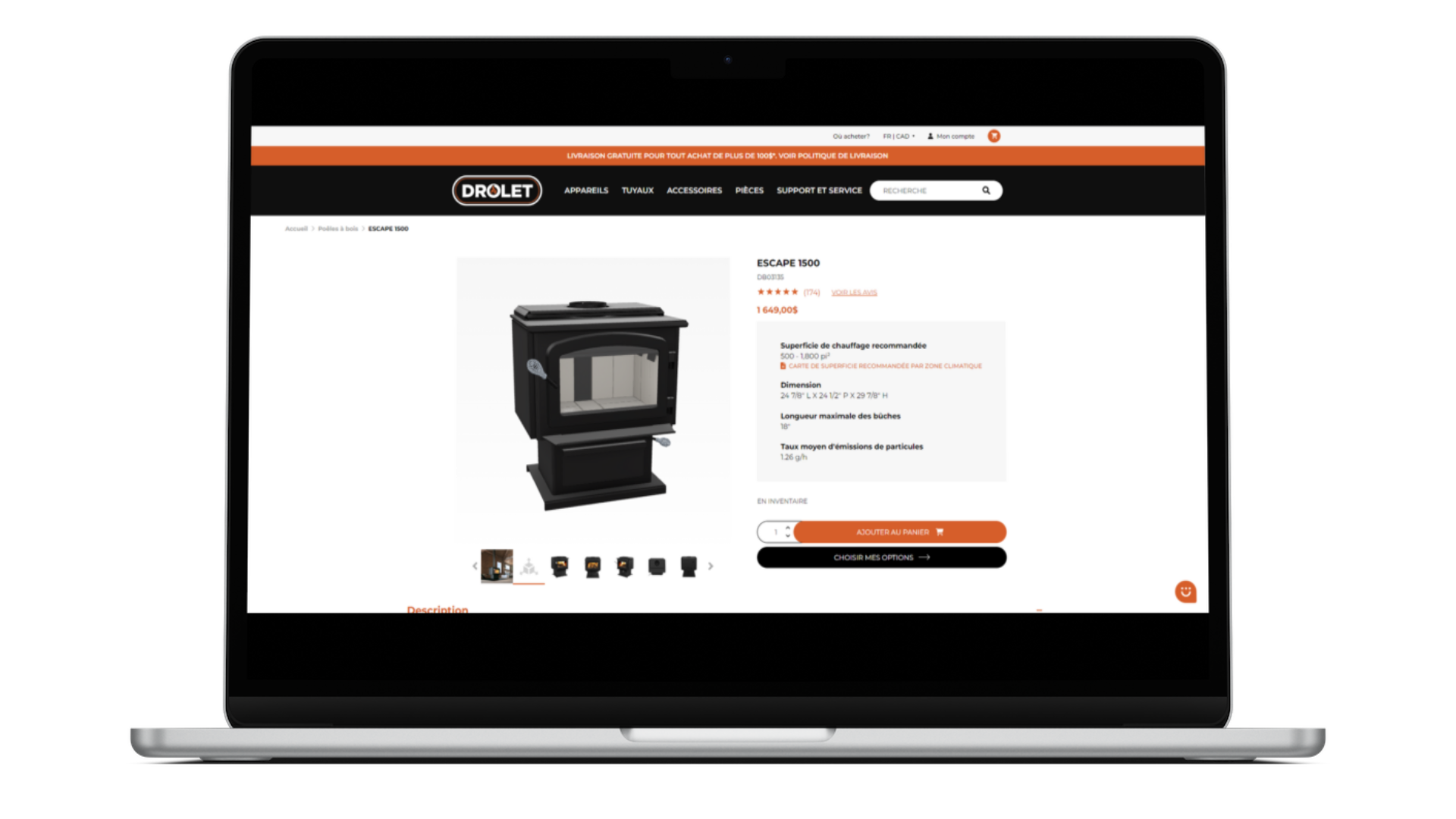
ALM Positioners
ALM Positioners, an American welding positioner manufacturer, used 3D models to create immersive digital showrooms. These models were showcased on iPads and TVs, enabling them to display their entire product range with precision at tradeshows.
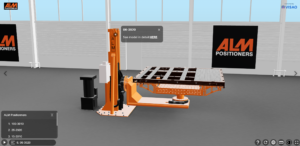
They further integrated these models into a 3D digital room on their website, allowing online visitors to explore their product line securely, providing a cost-effective and engaging solution for their audience.
Integrating 3D Visualization Software into Your Marketing Strategy
Now that you’re well-versed in the potential of 3D product visualization software, it’s essential to explore how to seamlessly integrate it into your marketing strategy for maximum impact. When venturing into the realm of 3D visualization, it’s often wise to work with a quality third party specialized in 3D visualization software, especially if you’re considering lesser known modeling programs.
A. Avoid the steep learning curve
When venturing into the realm of 3D visualization, it’s often wise to work with a quality third party specialized in 3D visualization software.
Collaborating with software architects in the field, like Visao, can help you make the most of the technology, ensuring that your 3D models and animations are not only visually stunning but also optimized for your marketing objectives. They can guide you in the design process from A to Z.
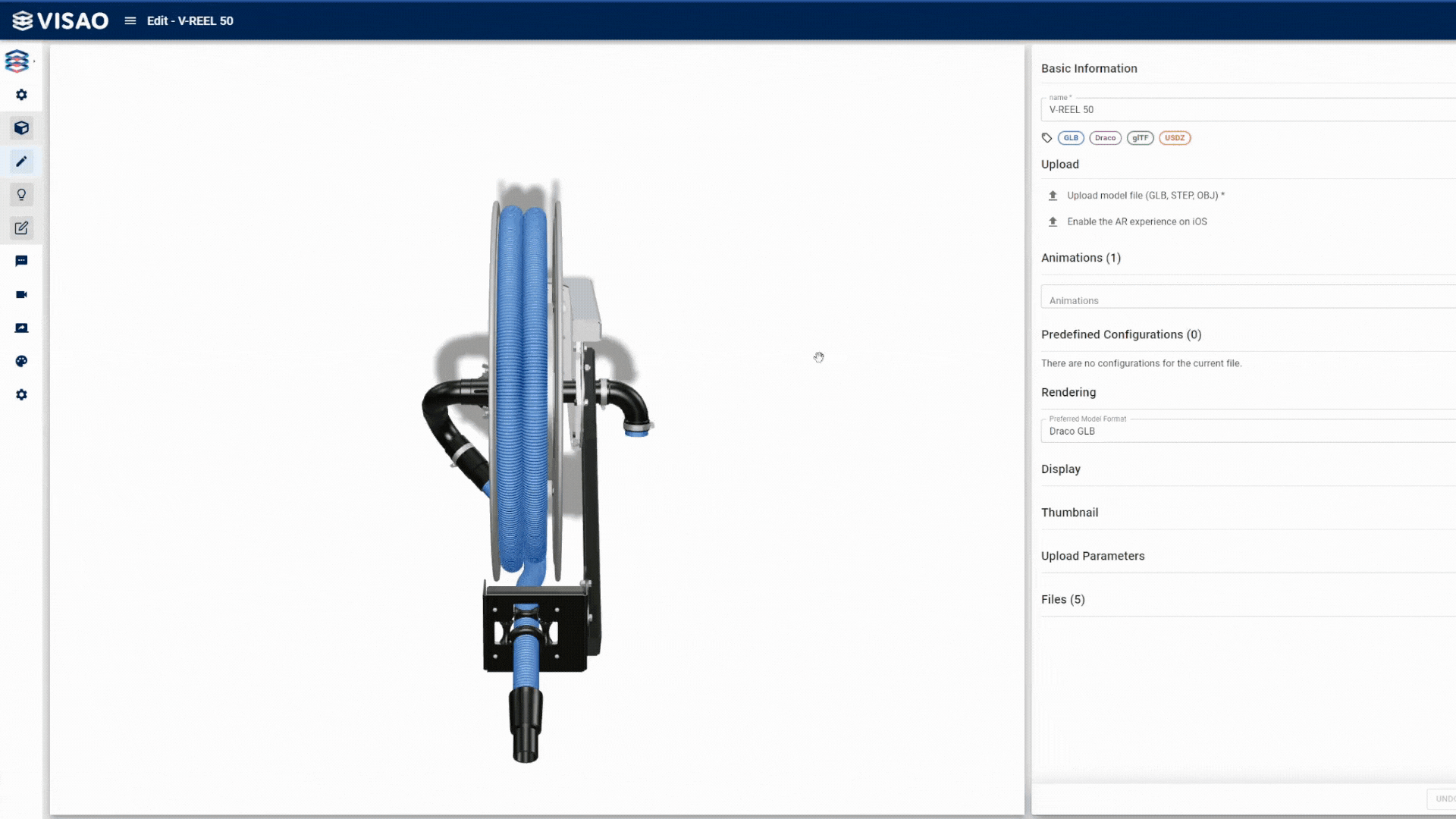
B. Collaboration with Sales Teams
Embracing 3D visualization software is venturing into a realm that’s relatively new and, for some, might seem complex and daunting at first. That’s why fostering a robust partnership with your sales team is essential.
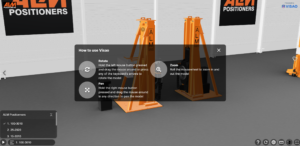
To kickstart this collaboration, it’s vital to gain a comprehensive understanding of what your sales team requires to effectively communicate with clients. Working closely with them allows you to customize your 3D models and animations, ensuring they highlight the precise features and advantages that are of utmost importance to potential buyers with just a few clicks.

This alignment ensures that your marketing materials become invaluable tools for the sales process, boosting the probability of successful conversions.
Measuring Success and ROI
The impact of your marketing efforts should always be measurable. Here’s where the right 3D visualization software can make a substantial difference.
For instance, Visao’s web app offers analytics that allows you to track user interactions. You can see where users click, which parts of your 3D models or animations generate the most interest, and how these interactions translate into engagement or conversions.
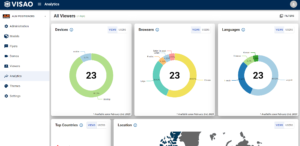
By having access to these metrics, you can assess the success of your 3D visualization strategy and calculate your return on investment (ROI).
Ready to create your own 3D product visualizer?
In closing, we urge you to take the next step and experience the power of 3D product visualization software for yourself. To see the impact it can have on your manufacturing marketing, we invite you to try out Visao’s cutting-edge 3D software, offering the same services.
Elevate your marketing game and stay ahead in the industry by embracing the future today.
